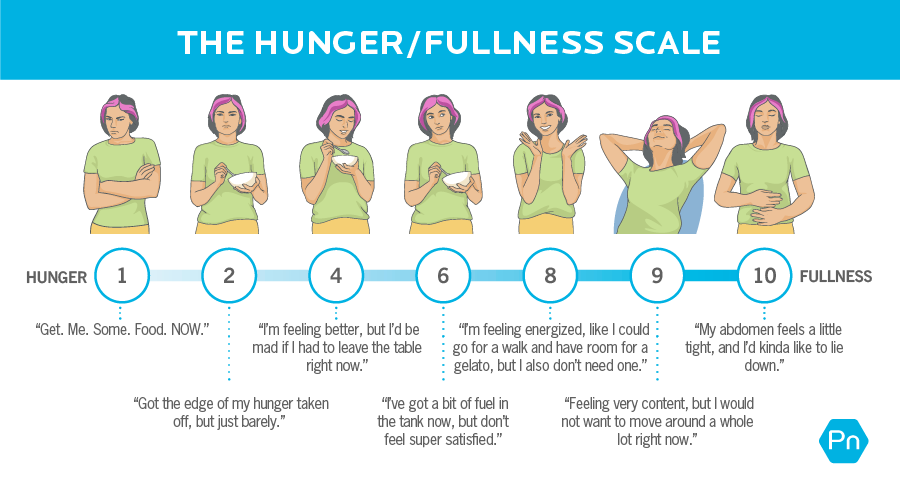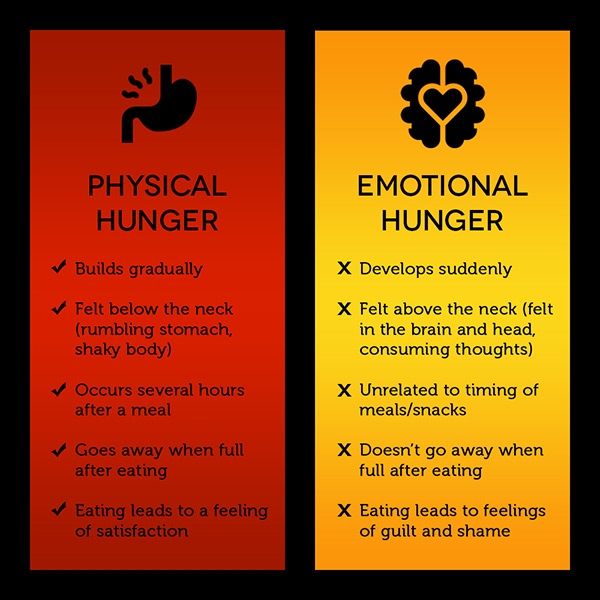Appetite awareness is a crucial aspect of maintaining a healthy and balanced lifestyle. It involves being mindful of your body’s hunger and fullness cues, as well as understanding the psychological and emotional factors that influence eating habits. Appetite awareness can transform your approach to nutrition, aiding in weight management, digestive health, emotional connection, food enjoyment, and mind-body connection.
Appetite is different from hunger. Hunger is our physical need to eat, whereas appetite is our mind’s desire to eat. You can want to eat but not need to eat (for example, wanting to eat dessert after a big meal). Or you can need to eat but not want to eat (for example, losing your interest in food when you’re stressed). The foods we crave are a product of physiology and psychology. Many adults have no real idea of what physical hunger and fullness actually feel like; in our society, it’s pretty normal to be out of tune with physiological hunger cues.
Basic appetite awareness is one of the most useful and accurate ways to recognize how much food your body actually needs. Acknowledging the information our body relays about hunger and fullness can be helpful in regulating our energy intake. When we can learn to recognize these cues, eating becomes much simpler and more intuitive. We can make more informed choices about what, when, and how much we eat.



